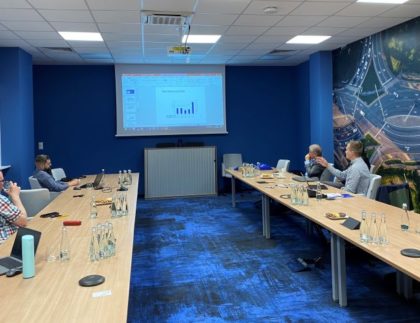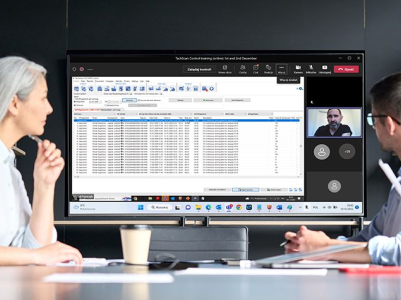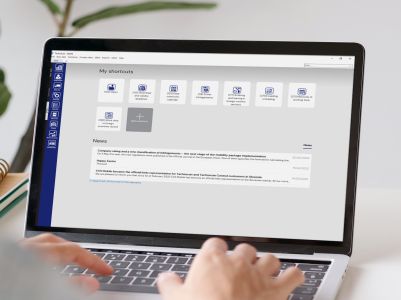

On 21 November, another meeting of the Tachograph Forum was held, organized by the European Commission, with the objective of discussing the technical matters of digital tachographs. Inelo representatives attended the meeting, and were actively engaged in the debate regarding the second-generation smart tachographs, which will appear next year.
Participants of the seventh edition of the Tachograph Forum included the experts in this field, such as JRC (Joint Research Centre), the research center of the European Commission, and representatives of: European countries ministries, road transport inspections, police, manufacturers of tachographs, software and trucks, as well as representatives of associations of drivers and transport companies. The meeting focused on the replacement of current smart tachographs with their new version, which is part of the European Union policy based on heavy transport digitization.
What does the future hold for first-generation tachographs?
One thing is certain – the fate of the first-generation of tachographs is sealed and carriers must prepare to replace them with more modern devices. Switching to version 2 of second-generation smart tachographs has already been meticulously planned:
- from August 2023, all newly-registered vehicles will be equipped with a version 2 second-generation smart tachograph;
- by the end of 2024, it is obligatory to independently replace tachographs in all the vehicles in international transport which were equipped with tachographs before June 2019 – analog and digital of the first generation (not smart ones);
- by August 2025, it is obligatory to replace or update all tachographs in all the vehicles over 3.5 tons in international transport which were equipped with smart tachographs, but of version 1;
- by July 2026, all vehicles over 2.5 tons in international transport will also need to be equipped with the latest version 2 second-generation smart tachographs (so-called “buses”).
The most important changes that will be implemented in the next version of smart tachographs are as follows:
- automatic registration of border crossings in the EU, based on GNSS location,
- the possibility of registering loading and unloading sites,
- security for the GNSS location signal (Galileo OSNMA),
- driving time violations and some manipulations read remotely by DSRC,
- increased data memory (longer control period is possible),
- obligatory ITS interface for smart transport systems.
As you can see, the majority of listed modifications are meant to directly affect the speed and, most importantly, the effectiveness of the control in terms of possible manipulations.
DSRC Technology identifies suspicious trucks
We would like to remind you that with the second-generation tachographs, a pre-selection system will be developed, based on DSRC technology and devices which allow to remotely read the most important parameters from smart tachographs in trucks without the need to stop them while driving. The data retrieved from the new tachograph will indicate to the inspector whether the continuous, daily, weekly and fortnightly driving time has been exceeded, as well as whether any disturbances have occurred in recording the vehicle’s position. Inspectors will thereby be even more certain when it comes to the need of stopping a specific vehicle. It should be noted that European road authorities have been testing DSRC technology in practice for some time, checking and using a device from the INELO Group.










